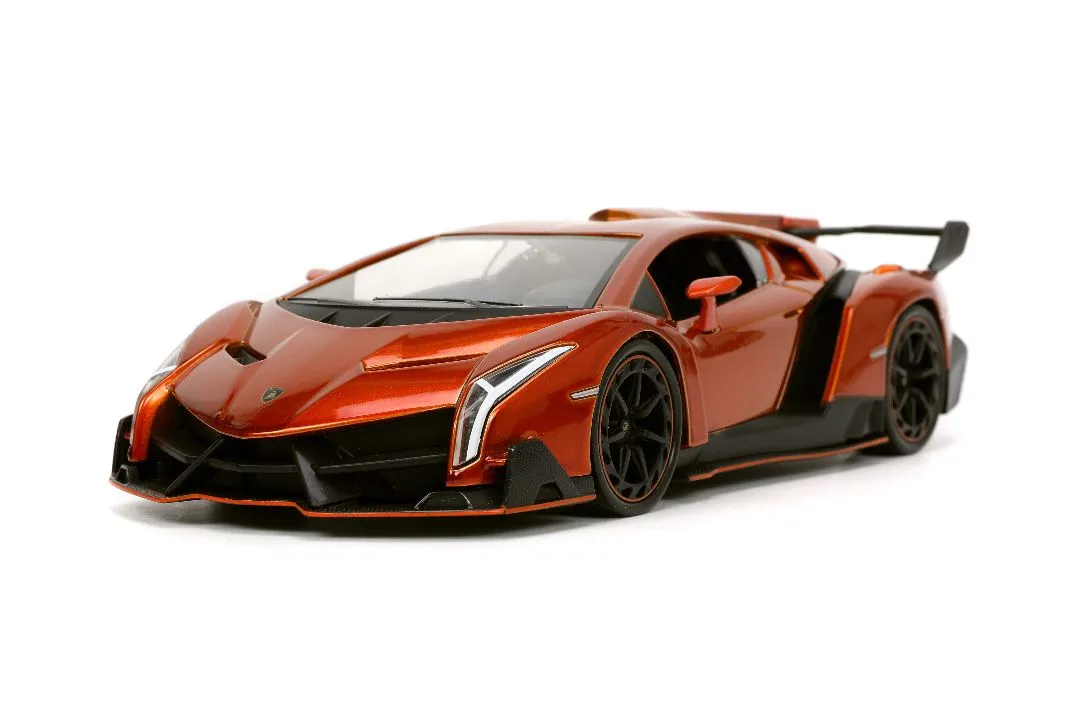What are Custom Diecast Models
Custom made diecast models represent a fascinating intersection of artistry, engineering, and passion for automobiles. Unlike mass-produced toys, these models are specifically designed and crafted to replicate real-world vehicles, often with a high degree of detail and accuracy. From classic cars to modern supercars, and even trucks and motorcycles, the possibilities are virtually limitless. The appeal of custom diecast models lies not only in their aesthetic beauty but also in the personal connection they create. They can be a way to celebrate a favorite car, commemorate a special event, or simply indulge in a hobby that brings joy and satisfaction. Creating these models can be a complex process that includes design, manufacturing, and finishing processes. The result is a unique object that reflects individual preferences and a deep appreciation for automotive design.
Types of Custom Diecast Models
The world of custom diecast models is diverse, encompassing a wide range of vehicle types and styles. Whether you are interested in vintage cars, modern sports cars, trucks, or even military vehicles, the options are extensive. Customizers can work with various scales, from the popular 1 18 scale, which offers a high level of detail, to smaller scales like 1 64, ideal for collecting and displaying a large number of models. The level of customization can also vary. Some models are simply repainted or redecorated, while others undergo extensive modifications, including engine swaps, interior upgrades, and even fully custom bodywork. The choice depends on the modeler’s skills, resources, and the desired outcome, making each custom model a unique work of art.
Scale and Size Considerations
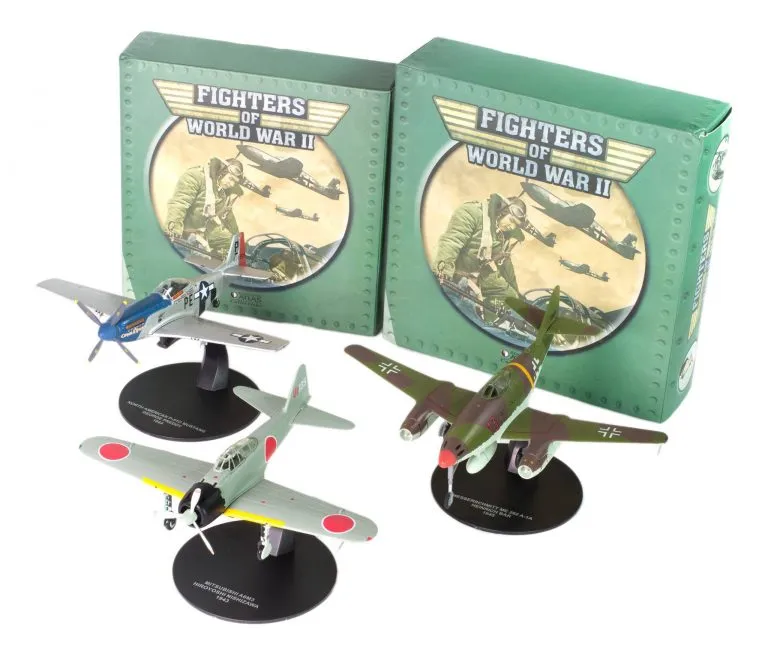
Scale is a crucial aspect when creating and collecting custom diecast models, as it directly impacts the level of detail, the amount of space required for display, and the overall cost. The most common scales include 1:18, 1:24, 1:43, and 1:64. 1:18 scale models provide exceptional detail, allowing for intricate features like opening doors, detailed engines, and realistic interiors, but they require more space and tend to be more expensive. Smaller scales, such as 1:64, are more affordable and space-efficient, making them ideal for large collections. The scale should be chosen based on personal preferences, available space, and the desired level of detail. When starting, consider the size of your collection and your display area.
Choosing Your Vehicle
Selecting the right vehicle is a crucial early step in the custom diecast model process. The ideal choice depends on personal interests and the goals of the project. If you have a favorite car from your childhood, a particular make and model that you are fond of, or even a vehicle that holds sentimental value, starting with that can add a special layer of meaning to the project. Alternatively, you might be interested in a specific type of vehicle, such as a classic muscle car, a modern supercar, or a unique truck. Consider the availability of donor models, which are the base diecast cars that will be modified. Popular and well-supported models will have more aftermarket parts and customization options available, making the process easier for beginners. Researching and selecting the right vehicle is crucial for the success of your custom model.
How to Design Your Diecast Model
Designing a custom diecast model involves translating a vision into a tangible creation, and it often begins with research and inspiration. Gathering references, such as photographs, blueprints, and specifications of the real-world vehicle, is essential. These resources will help you understand the proportions, details, and overall design of the car you are replicating. Whether you’re aiming to create a model that’s an exact replica or a uniquely customized version, the design process is crucial. It involves modifying existing diecast models or creating new parts from scratch using various tools and techniques. From there, the designer can determine which aspects of the model to modify, the color scheme, and the materials used. Careful planning, thorough research, and a creative approach will help bring the design to life.
Software and Tools for Design

The design phase of a custom diecast model relies on various tools, both digital and physical. Computer-aided design (CAD) software is crucial for creating detailed blueprints and 3D models. Programs like Fusion 360, Tinkercad, and Blender are popular choices, allowing modelers to visualize their designs, make precise measurements, and plan modifications. For physical design and modification, a range of tools is needed. These tools include precision cutting tools, such as hobby knives and X-Acto blades, for making precise cuts and modifications to existing diecast parts. Various types of files can be used with a 3D printer to create custom parts or even an entire model. The right tools and the mastery of those tools contribute to the success of your custom diecast model.
Creating Blueprints and Specifications
Creating detailed blueprints and specifications is a critical step in the custom diecast model-making process, as they serve as a roadmap for the entire project. Begin by gathering detailed information about the real vehicle, including photographs, technical drawings, and specifications. Use this data to create accurate blueprints, which will serve as a guide for modifying the diecast model or fabricating new parts. These blueprints should include precise measurements, dimensions, and details of all the modifications, from the body panels to the interior and engine components. It’s important to be accurate, and careful planning ensures that all parts fit together properly. Clear specifications are also necessary, detailing the materials to be used, the color scheme, and any special features or details. Having detailed plans ensures consistency and prevents costly mistakes during the manufacturing and assembly phases.
Detailing and Customization Options
Detailing and customization are the heart and soul of creating custom diecast models, where each modeler can showcase their unique vision. From modifying the exterior to the intricate details of the interior, the customization options are seemingly endless. The exterior can be modified through repainting the model to match a custom color scheme, adding decals and graphics, or changing the body panels to alter the vehicle’s shape. The interior can be upgraded to a more luxurious appearance, modifying the seats, dashboard, and other features to match the design. Custom engine and chassis components can be crafted to create a truly unique and detailed model. The key is attention to detail and a passion for bringing the model to life. From adding accessories to altering the wheel designs, the ability to personalize the model is key.
The Diecast Model Manufacturing Process
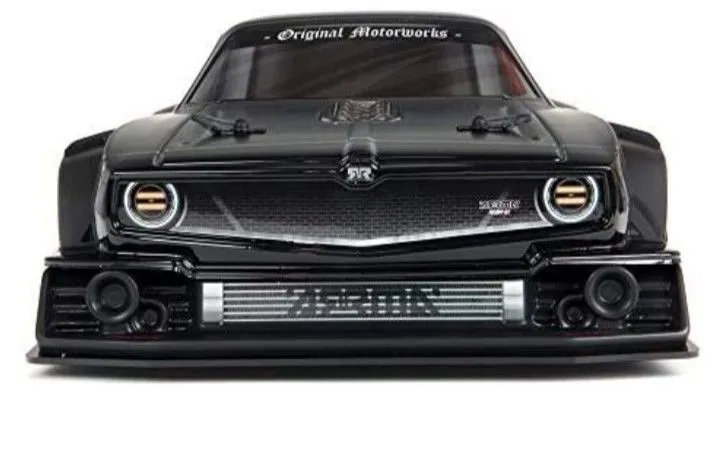
The manufacturing process for custom diecast models combines traditional craftsmanship with modern techniques to bring the design to life. This process typically involves several key steps, including sourcing a base model, making the necessary modifications, and finishing the details. Manufacturers may start with a mass-produced diecast model or create a completely custom model from scratch using molds. The base model is then disassembled, and the modifications are made to the body, interior, and other components. This can involve cutting, filing, and gluing the parts together. The model is then prepared for painting, and it is painted using airbrushes and various paint types. Detailing is added during the final finishing, and the model is finally assembled to complete the process. The quality of these steps determines the final look of the model.
Choosing a Manufacturer
Choosing the right manufacturer is essential for a successful custom diecast model project. The manufacturer should possess the skills, expertise, and equipment to meet the specific requirements of your design. When evaluating manufacturers, consider their experience with custom models, their portfolio of previous work, and their ability to handle the specific scale, detailing, and customization options you require. It is also crucial to assess their communication and collaboration capabilities. A good manufacturer should be responsive to your needs, provide clear and timely updates throughout the manufacturing process, and be open to your feedback. Finally, compare pricing and lead times from different manufacturers. The best choice is a manufacturer that offers a balance of quality, experience, and cost.
Materials and Production Methods
The materials and production methods used in custom diecast model manufacturing significantly affect the quality, durability, and level of detail of the finished product. Diecast models are typically made from zinc alloy, which offers a good balance of strength, weight, and moldability. Plastic is often used for interior components, such as dashboards and seats. The manufacturing process involves several steps, including die-casting the main body parts, injection molding the plastic components, and assembling the parts. Advanced techniques like 3D printing are increasingly used to create custom parts and prototypes, offering greater design flexibility and detail. The choice of materials and production methods can affect the final product.
Quality Control and Inspection

Quality control and inspection are essential steps in ensuring that a custom diecast model meets the desired standards and specifications. Quality control typically involves a series of checks throughout the manufacturing process, including checking the dimensions of the parts, inspecting for defects, and ensuring that all components fit together correctly. Inspection often includes a visual assessment to identify any imperfections, such as paint blemishes, misaligned parts, or incorrect details. Accurate measurements are taken to verify compliance with the original design. The inspection process can also involve testing the model’s functionality, such as opening doors or movable parts. The goal is to catch any flaws or defects before the model reaches the final assembly stage. A thorough quality control process is key to ensuring that the final product meets the customer’s expectations.
Finishing Touches for Your Model
The finishing touches are what give your custom diecast model its unique character. These final steps involve adding intricate details, painting, and assembling the various components. Painting the model is a critical step, as it defines its look and the colors of the vehicle. High-quality paints and precise application techniques are essential to achieve a flawless finish. Decals, which can include logos, graphics, and markings, are carefully applied to give the model an authentic appearance. After the painting and detailing are complete, the various parts are assembled, ensuring that all components are correctly aligned and secured. The final inspection ensures that the model meets the required standards and completes the process. These finishing touches make the difference between a good model and an exceptional one.
Painting and Decals
Painting and decals are critical aspects of the finishing process, as they add color, detail, and visual appeal to a custom diecast model. The painting process involves several steps, including surface preparation, priming, base coating, and clear coating. High-quality paints and airbrushing techniques are essential for a smooth, even finish. Decals, which can include logos, graphics, and markings, are carefully applied to give the model an authentic appearance. A wide variety of decals are available, ranging from simple stripes to complex logos and graphics. The decals are often applied using water or decal setting solutions to ensure they conform to the model’s contours. The application of clear coat protects the paint and decals and enhances the model’s overall look.
Assembling and Final Details
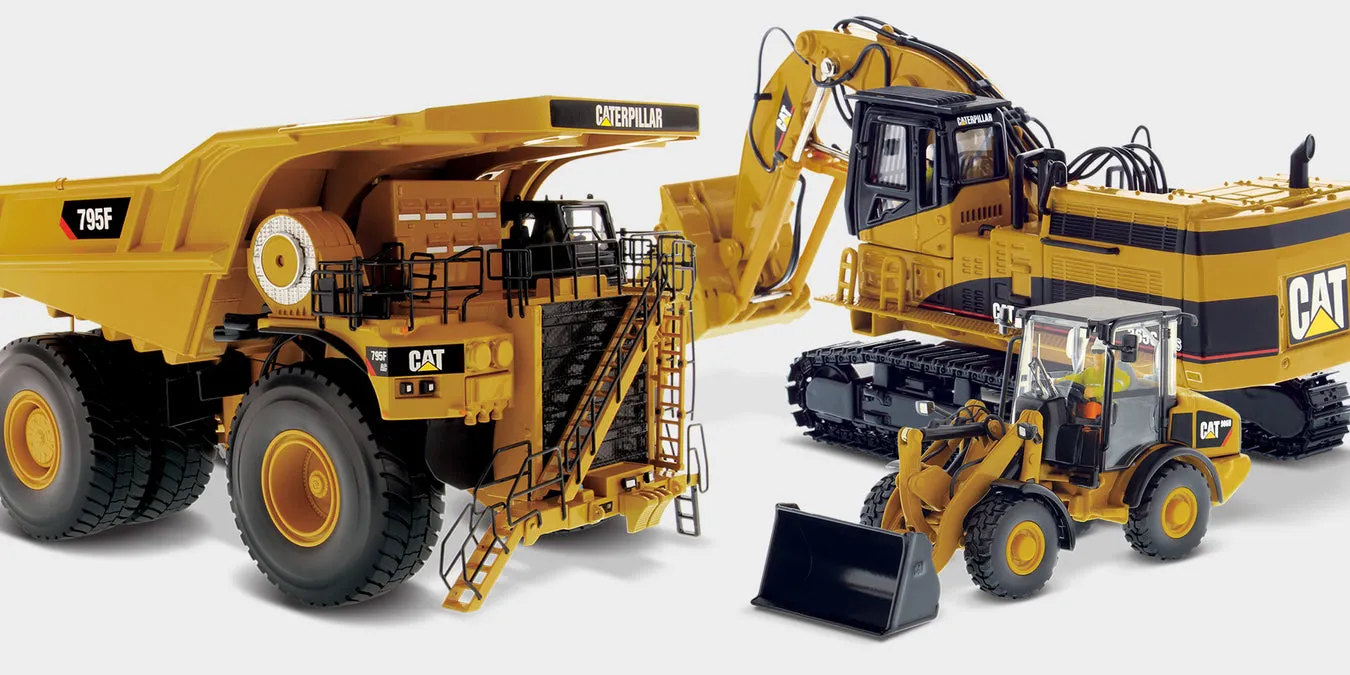
Assembling a custom diecast model involves carefully putting all the parts together in their correct positions. This includes attaching the body panels, windows, interior components, and wheels. Precision and attention to detail are essential to ensure that all the parts fit together correctly and that the model looks its best. The final details can include adding small accessories like mirrors, wipers, and antennas. A detailed and well-assembled model will have the desired look. Careful assembly combined with the paint and decals creates the final product. Ensuring that the model meets the desired standards and completing the assembly is key to delivering a final product.
Displaying and Protecting Your Model
Once your custom diecast model is complete, it’s important to properly display and protect it. A well-displayed model not only looks great but also showcases the time, effort, and passion you’ve invested in the project. Choosing the right display method depends on the size, style, and number of models you own. Display cases are a popular option, protecting models from dust, dirt, and accidental damage while providing a clear view. Shelves and display stands can also be used to showcase your collection, allowing for flexibility in arranging and showcasing your models. The best displays are those that are protected from direct sunlight to prevent fading and from excessive temperature changes.
Best Practices for Display
There are best practices for displaying your custom diecast models to ensure they are showcased effectively and protected from damage. Grouping models by make, model, or theme can create a visually appealing display. When displaying a model, position it where it can be easily seen and appreciated. For multi-model collections, consider using different display heights. Lighting can enhance the appearance of your models. Avoid placing your models near direct sunlight, which can cause fading, and avoid placing them near heat sources. Regularly clean and dust your models to maintain their appearance. By following these practices, you can create a display that protects the models while allowing you to appreciate them.
Protecting from Dust and Damage
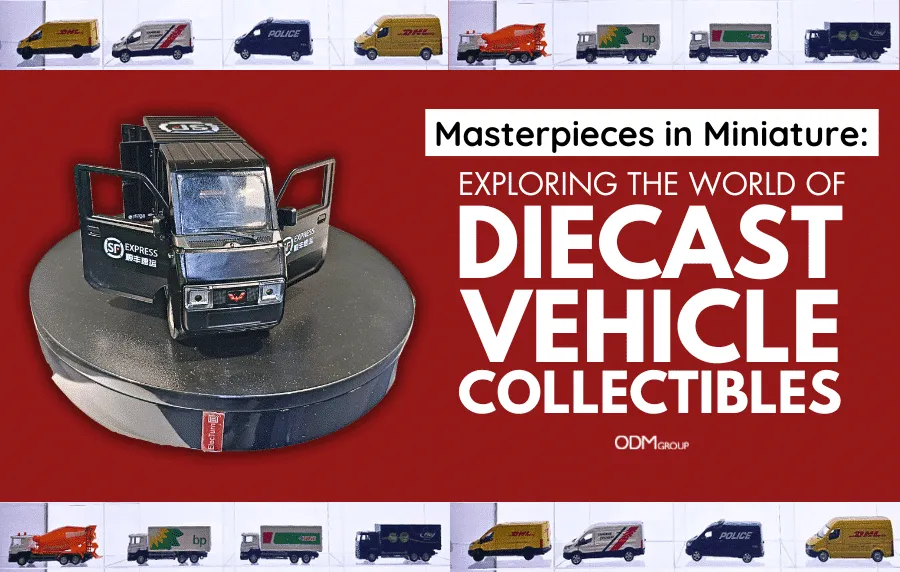
Protecting your custom diecast models from dust and damage is crucial for preserving their appearance and value. Dust is one of the most common enemies of collectible models, so it’s important to take steps to minimize its impact. Display cases offer excellent protection from dust, as they create a barrier against airborne particles. Regularly dusting your models with a soft cloth or a specialized dusting brush can help to remove dust. To prevent damage, keep your models away from direct sunlight, which can cause fading and discoloration. Handle your models with clean hands to avoid leaving fingerprints or oils. When moving or transporting your models, use padded boxes and packing materials to prevent scratches or breakage.
Where to Find Custom Diecast Model Collectors
Finding a community of fellow custom diecast model enthusiasts can enhance your hobby. Online forums, social media groups, and specialized websites are great places to connect with collectors, share your work, and learn from others. These platforms offer opportunities to exchange ideas, ask for advice, and showcase your creations. Model car shows and swap meets are also excellent places to meet collectors in person, see custom models up close, and potentially buy or sell models. Participating in these events can expand your knowledge of the hobby and inspire you. The community is a key component of this hobby.
